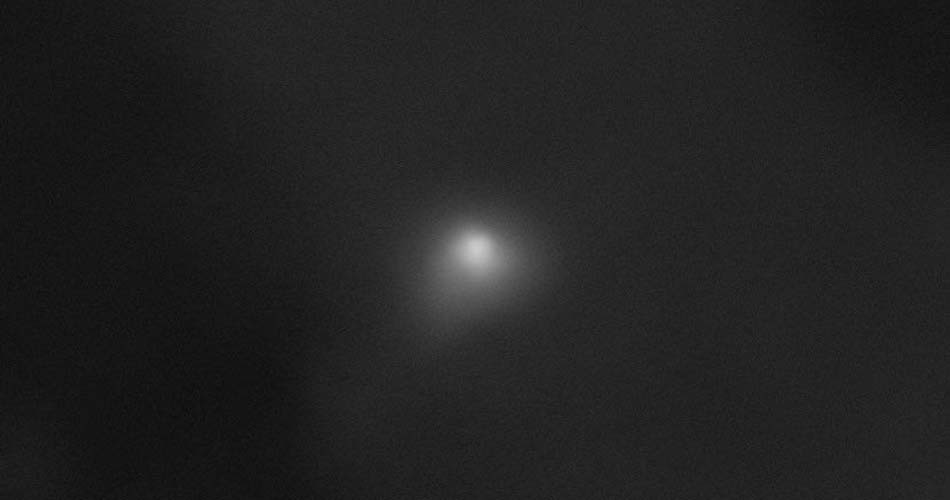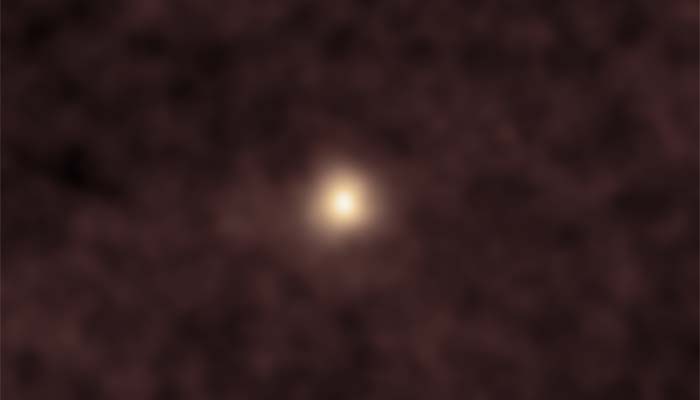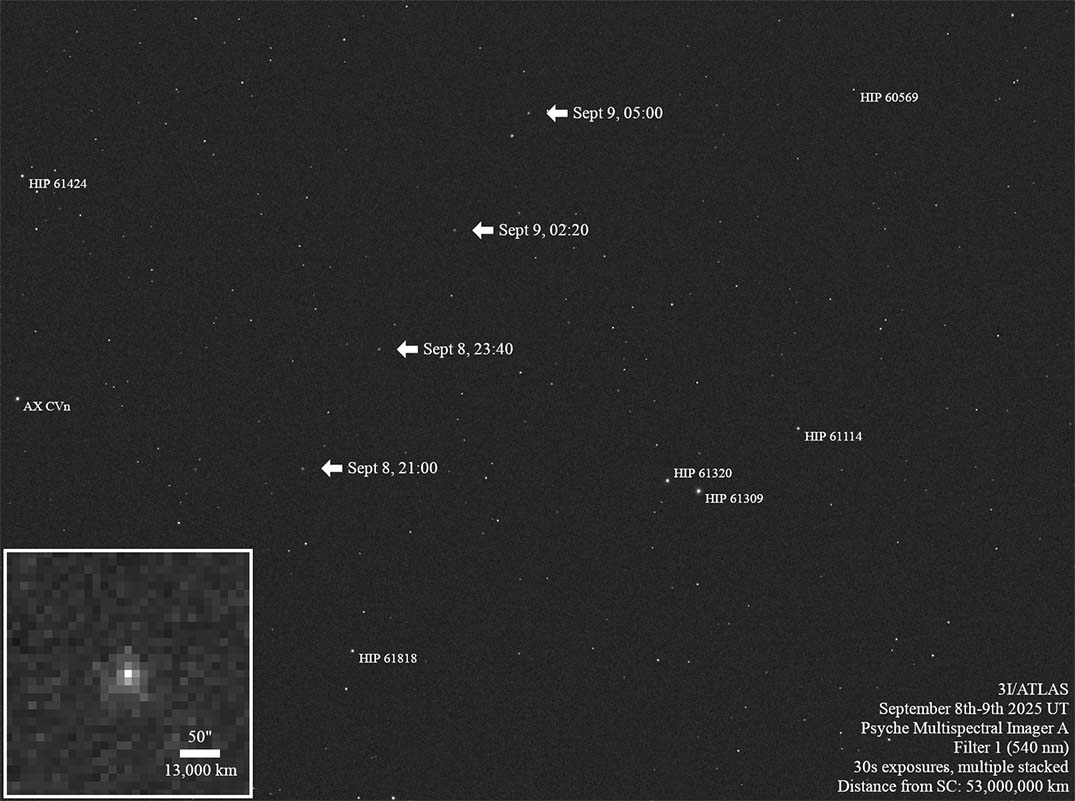NASA is in the midst of a solar system-wide observation campaign, turning its spacecraft and space telescopes to follow comet 3I/ATLAS, the third known interstellar object to pass through our solar system.
Twelve NASA assets have captured and processed imagery of the comet since it was first discovered on July 1, and several others will have opportunities to capture more images as the comet continues to pass through our solar system.
By observing the comet from so many locations, NASA has an opportunity to learn about the ways that 3I/ATLAS differs from our solar system’s home-grown comets and give scientists a new window into how the compositions of other systems may differ from our own.
Observations from Mars
The closest imagery of the comet was taken by NASA’s spacecraft at Mars.
Earlier this year, 3I/ATLAS passed by Mars from a distance of 19-million miles, where it was observed by three NASA spacecraft.
The Mars Reconnaissance Orbiter (MRO) captured one of the closest images of the comet, while the MAVEN (Mars Atmosphere and Volatile EvolutioN) orbiter obtained ultraviolet images that will help scientists understand the comet’s make-up.
Meanwhile, the Perseverance rover grabbed a faint glimpse from the surface of Mars.

The High Resolution Imaging Science Experiment (HiRISE) camera aboard NASA’s Mars Reconnaissance Orbiter captured this image of interstellar comet 3I/ATLAS on 2 October 2025. At the time it was imaged, the comet was about 0,2 astronomical units, or 30-million km, from the spacecraft.
Credit: NASA/JPL-Caltech/University of Arizona
Sun watchers’ view
Some of NASA’s heliophysics missions have the unique ability to observe areas of the sky near the Sun, which allowed them to track comet 3I/ATLAS as it passed behind our Sun as seen from Earth, making observations with ground-based telescopes impossible.
NASA’s STEREO (Solar Terrestrial Relations Observatory) captured images from 11 September to 2 October, and the ESA (European Space Agency) and NASA mission SOHO (Solar and Heliospheric Observatory) observed the comet from 15 to 26 October.
Images from NASA’s PUNCH (Polarimeter to Unify the Corona and Heliosphere) mission, which launched earlier this year, reveal the comet’s tail during observations from 20 September to 3 October.
Despite previously observing and discovering thousands of comets, this is the first time NASA’s heliophysics missions have purposefully observed an object originating in another solar system.

A faint image of comet 3I/ATAL as observed by ESA/NASA’s SOHO mission between 15 and 16 October 2025. The comet appears as a slight brightening in the centre of the image.
Credit: Lowell Observatory/Qicheng Zhang
Asteroid explorers
NASA’s Psyche and Lucy spacecraft, currently on their respective outbound journeys to study various asteroid targets throughout the solar system, were able to observe 3I/ATLAS en route.
On 8 and 9 September, Psyche acquired four observations of the comet over eight hours from a distance of 33-million miles. These images will help scientists refine the comet’s trajectory.
On 16 September, Lucy took a series of images from 240-million miles away. Stacking these images together provides detail on the comet’s coma and tail.

NASA’s Psyche mission acquired four observations of interstellar comet 3I/ATLAS over the course of eight hours on 8 and 9 September 2025, when the comet was 53-million kilometres from the spacecraft. The data capture by Psyche’s multi-spectral imager is helping astronomers both redefine the trajectory of 3I/ATLAS and learn more about the faint coma, or cloud of gas, surrounding its nucleus (shown in the zoomed-in inset image)
Credit: NASA/JPL-Caltech/ASU
The NASA-funded ATLAS (Asteroid Terrestrial-impact Last Alert System) telescope in Chile discovered 3I/ATLAS on 1 July. Later that month it was viewed by NASA’s Hubble Space Telescope. In August, both NASA’s James Webb Telescope and SPHEREx (Spectro-Photometer for the History of the Universe, Epoch of Reionisation and Ices Explorer) captured imagery.
Comet 3I/ATLAS will fly closest to Earth about Friday 19 December at 170-million miles, which is almost twice the distance between the Earth and Sun.
NASA spacecraft will continue to observe the comet as it makes its journey through the solar system, passing the orbit of Jupiter in spring 2026.
